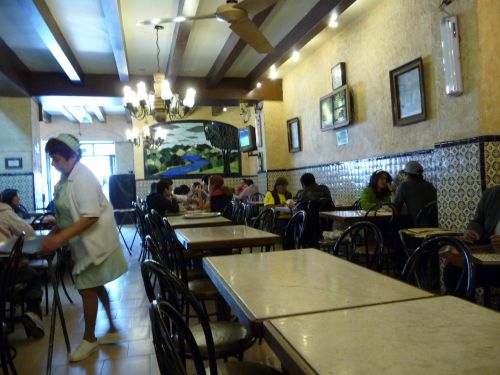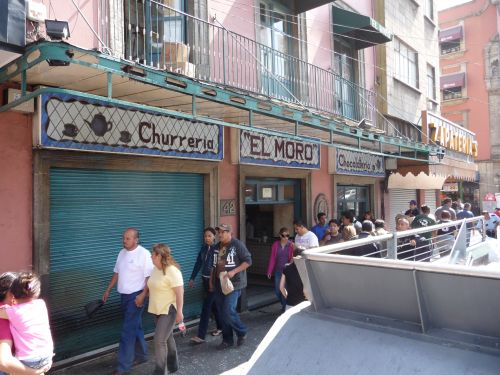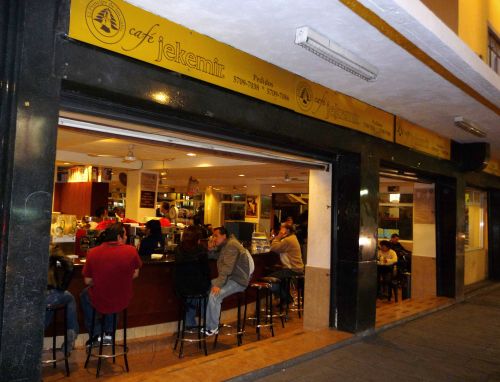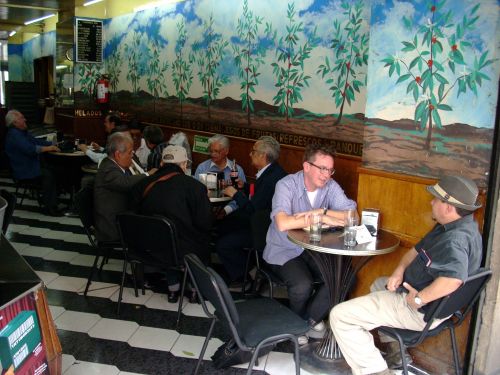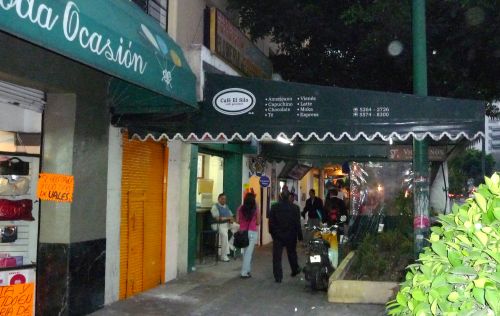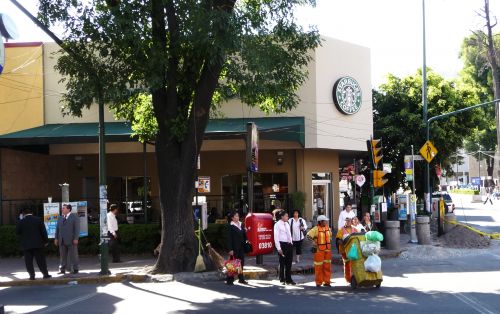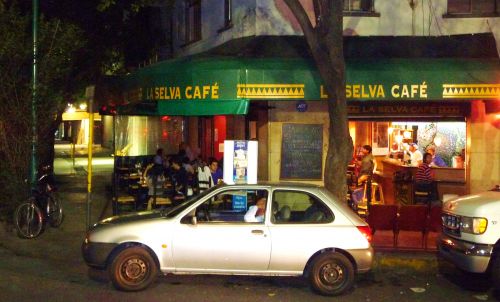It's been around since 1954, and Café La Habana, at the corner of Bucareli and Morelos in Colonia Juárez, has become the stuff of legend. Once, the offices of all the Mexican newspapers were around the corner, and Café La Habana was their reporters' favorite haunt. It was also popular among writers -- Salvador Novo, Juan Rulfo, Augusto Monterroso and Juan Jose Arreola are all said to have gotten into heated discussions or worked at the tables here. It is more or less a character in the work of Roberto Bolaño, appearing in Los detectives salvajes and at least one of his short stories. Fidel Castro and Che Guevara are said to have planned the Cuban revolution here. If truth be told, the food is at best adequate, and the service is, to put it mildly, unhurried. Still, the coffee is excellent, and it is a wonderful place to watch people -- both the clientele and those who pass by outside the picture windows.
Mexico City cafes
Chocolate and churros
Little in life is reliable, but you can count on El Moro, which is open 365 days a year, 24 hours a day. El Moro is a joint on the Eje Central Lázaro Cárdenas #42 in the Centro Histórico. It is a cafeteria that serves the traditionally Spanish combination of hot chocolate and deep-fried, sugar-coated doughnuts called churros.
The hot chocolate at El Moro comes in four varieties (special, French, Spanish, or Mexican, in varying degrees of sweetness). To be frank, neither hot chocolate nor the brick-heavy churros is precisely my idea of comfort food. Still, I am extremely comforted whenever I go to this place. Maybe it is the fact that it has been here forever. And maybe it is because some of the waitresses seem to have been here since opening day.
Café ¡olé!
It was not easy to find a good cup of coffee when I arrived in Mexico City in 1990. Although Mexico is a coffee-producing country, to this day, most of the good stuff is exported. Advertising here is insidious: In certain homes, when guests arrive, it is still considered “sophisticated” to bring a jar of Nescafe to the table. Many Mexicans forego coffee altogether, having been convinced that things go better with Coke.
The only reliable places at the time were a few time-honored cafés in the Centro Histórico. Luckily they are still there. You cannot beat the cortados – espresso cut with a drop of steamed milk – at Café Jekemir at the corner of Calles Isabel la Católica and Regina, pictured above. Running a close second is Café Rio, on Calle Donceles, a few doors down from Calle Brasil, pictured below. You may have to work your way around the insufferable intellectuals, like the two mugs at the front table.
But suddenly in the late 1990s and early 2000s, cafés began to spring up one after another, multiplying like a virus.
Who would have ever thought that people in Mexico City would have developed such an urgent jones for caffeine? Most of the new generation of cafés were not particularly prepossessing, like the one pictured above on Avenida Insurgentes.
In 2002 Starbucks was introduced to the Mexico City firmament. Today there over 100 of them in the metropolitan area, and about 250 in the entire country. The mostly younger clientele considers itself chic and cosmopolitan. Some chilangos hate the chain and feel it represents the scourge of globalization. The worst damage I perceive that Starbucks has done is hip the other café owners as to how much they can charge for a cup. After Starbucks’ success, they all raised their prices.
The Café La Selva chain, which has ten stores in Mexico City and three in other parts of the country, serves organic coffee from Chiapas. Their mezcla de la casa (house blend) is delicious. Anyone who stays the night with me gets a cup of it in the morning.


